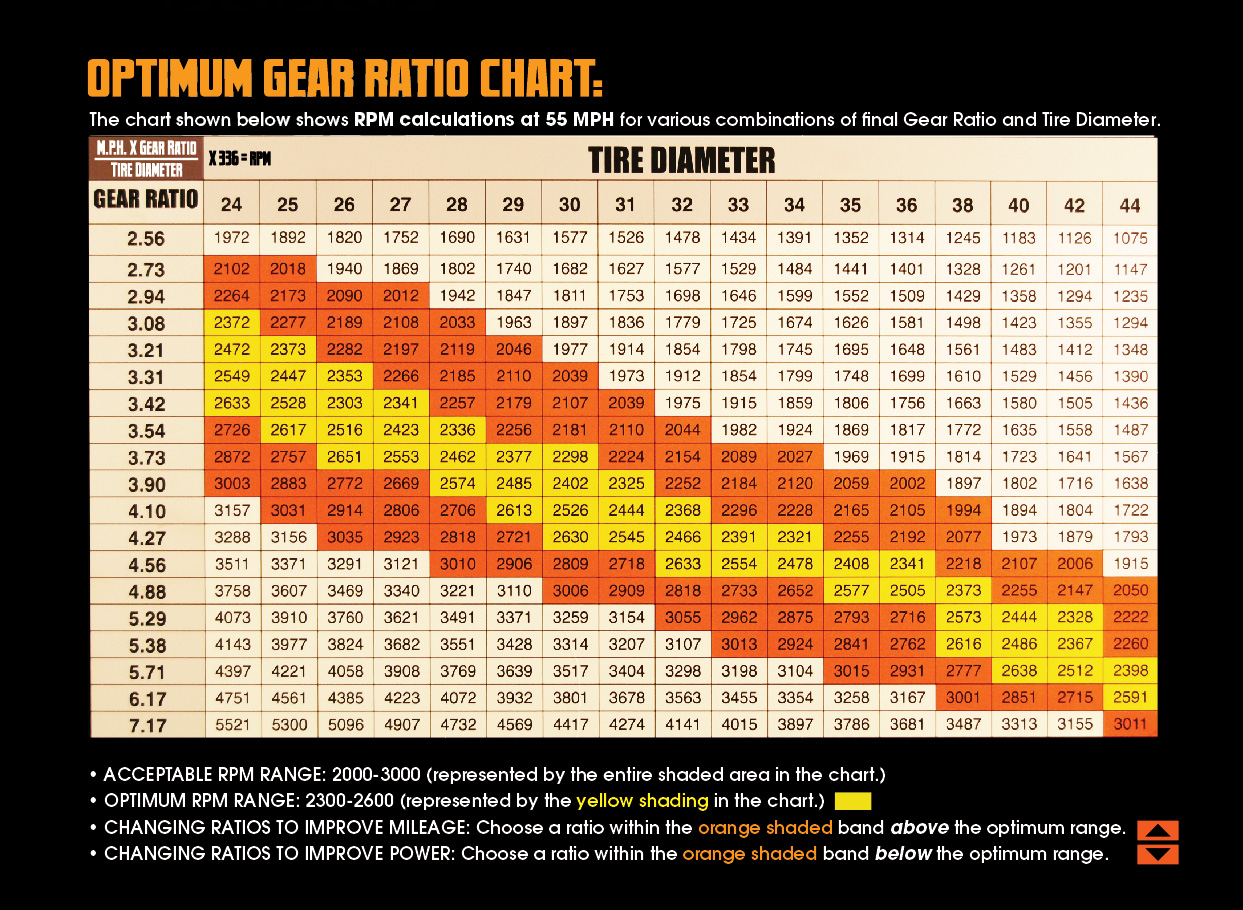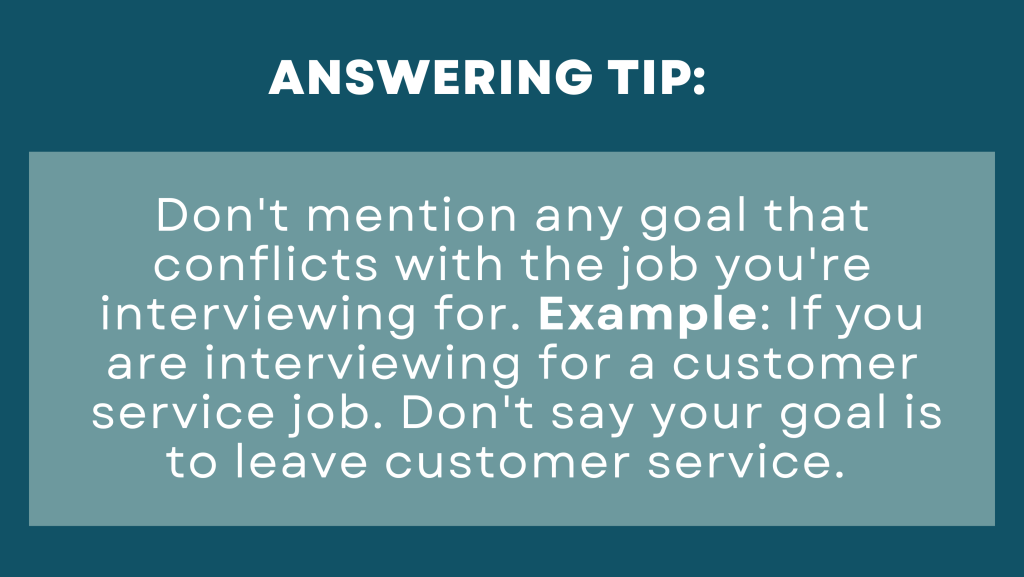Bigger tires? Here’s What You Need to Know About Re-Gearing
Axle gear ratio is an important factor to consider when upgrading tires on a vehicle. This ratio refers to the number of times the driveshaft must turn to complete one full rotation of the axle shaft (for example, 3.55 to 1). The correct axle gear ratio can greatly impact the performance and fuel efficiency of a vehicle, and it is essential to choose the correct ratio that is well paired with the size of the tires.
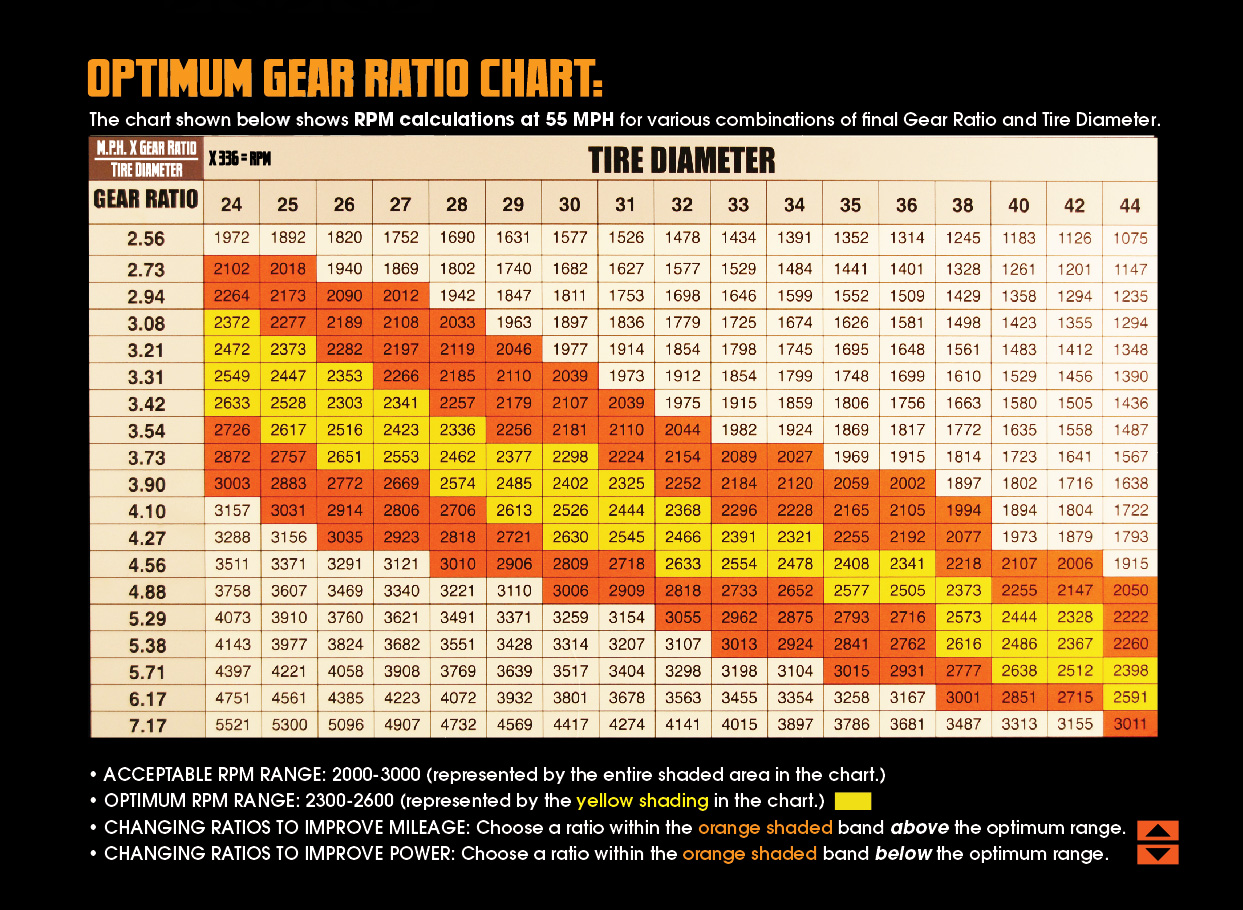
The gear ratio chart above can be used to calculate the ideal ratio for your larger tire size. As you can see, there is some flexibility in the exact gear ratio selection depending on the desired outcome of the change. Use the column for your actual measured tire diameter (size can vary by brand) and match it to the ratio in the optimum range. You can also see which ratio would be best if you’re looking to improve economy, or alternatively, power. Chart source: Adams Driveshaft & Offroad
It is important to understand that one of the jobs of the axle is to transfer power at a right angle, from the driveshaft to the wheels. The axle gears in your 4×4 are comprised of two main parts: a ring gear and pinion. Connected to the driveshaft, the pinion serves as the power input to the axle. The pinion meshes at a right angle with the ring gear, which is attached to a carrier. The carrier is the “differential” part of the axle, and is what is connected to the axle shafts that turn the wheels and tires. Another primary function of the axle is to reduce the amount of effort needed to turn the tires. No matter the ratio, it is always a number greater than 1:1, resulting in more revolutions of the pinion than the axle shaft. The higher the numerical value of the ratio, the easier it will be for the pinion to turn the axle shafts, resulting in a higher RPM at the pinion.
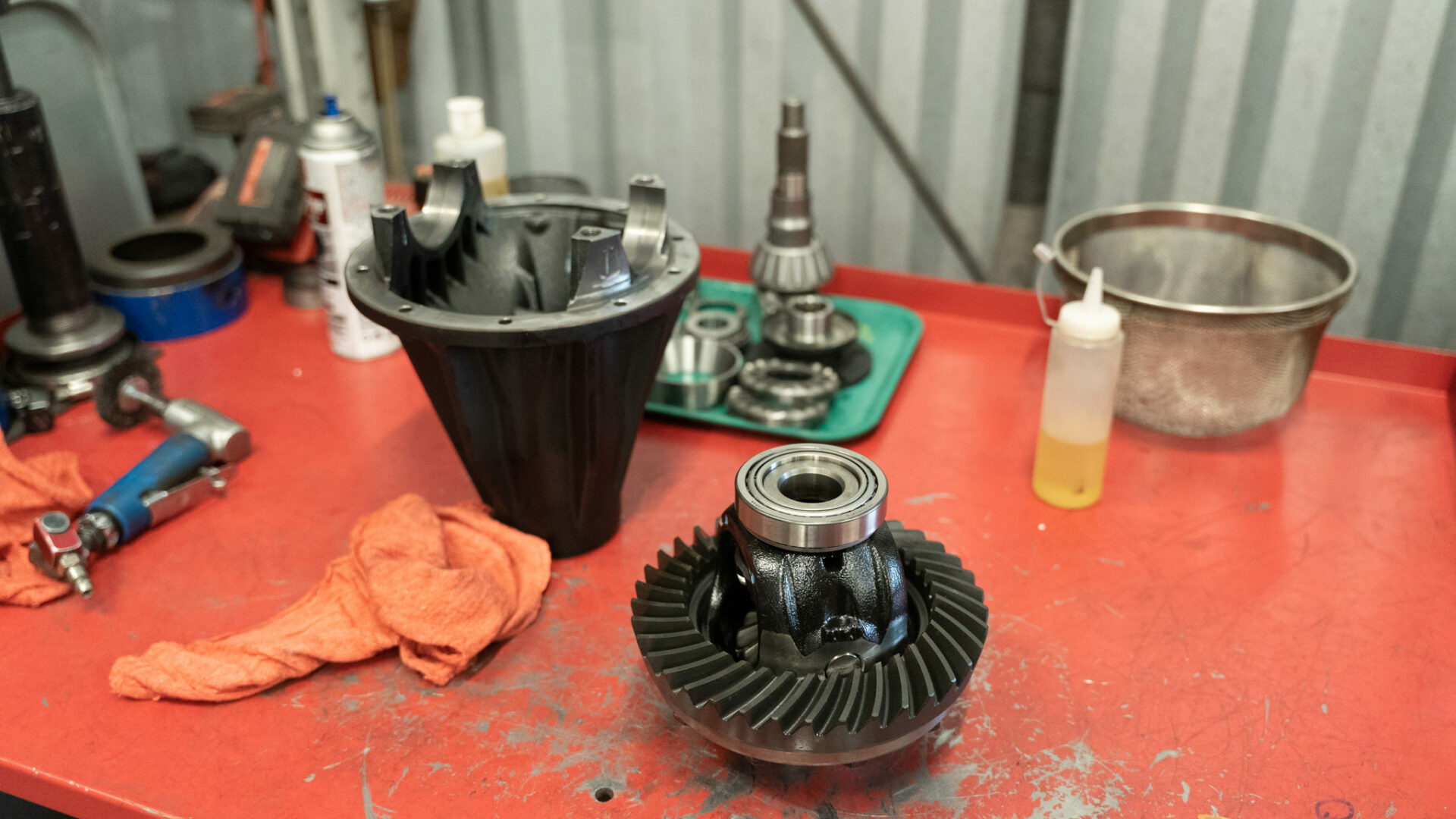
When upgrading tires, it is important to choose a tire size that is appropriate for the vehicle’s suspension and axle system. The tire size affects the overall diameter of the tire and wheel assembly, which in turn affects the gear ratio. The gear ratio determines how much torque is transferred from the engine to the wheels. If the tire size is larger, the gear ratio must be lower to compensate for the increased diameter, and vice versa.
A low gear ratio provides more torque to the wheels, which is ideal for off-roading or towing heavy loads. This results in more power to the wheels, taking strain off the engine and other drivetrain components. However, a low gear ratio may decrease fuel efficiency, as the engine has to work harder to maintain speed. On the other hand, a high gear ratio increases fuel efficiency, as the engine has to work less to maintain speed, but it provides less power to the wheels, increasing the strain on the drivetrain and making it more difficult to drive slowly through challenging terrain or tow heavy loads.
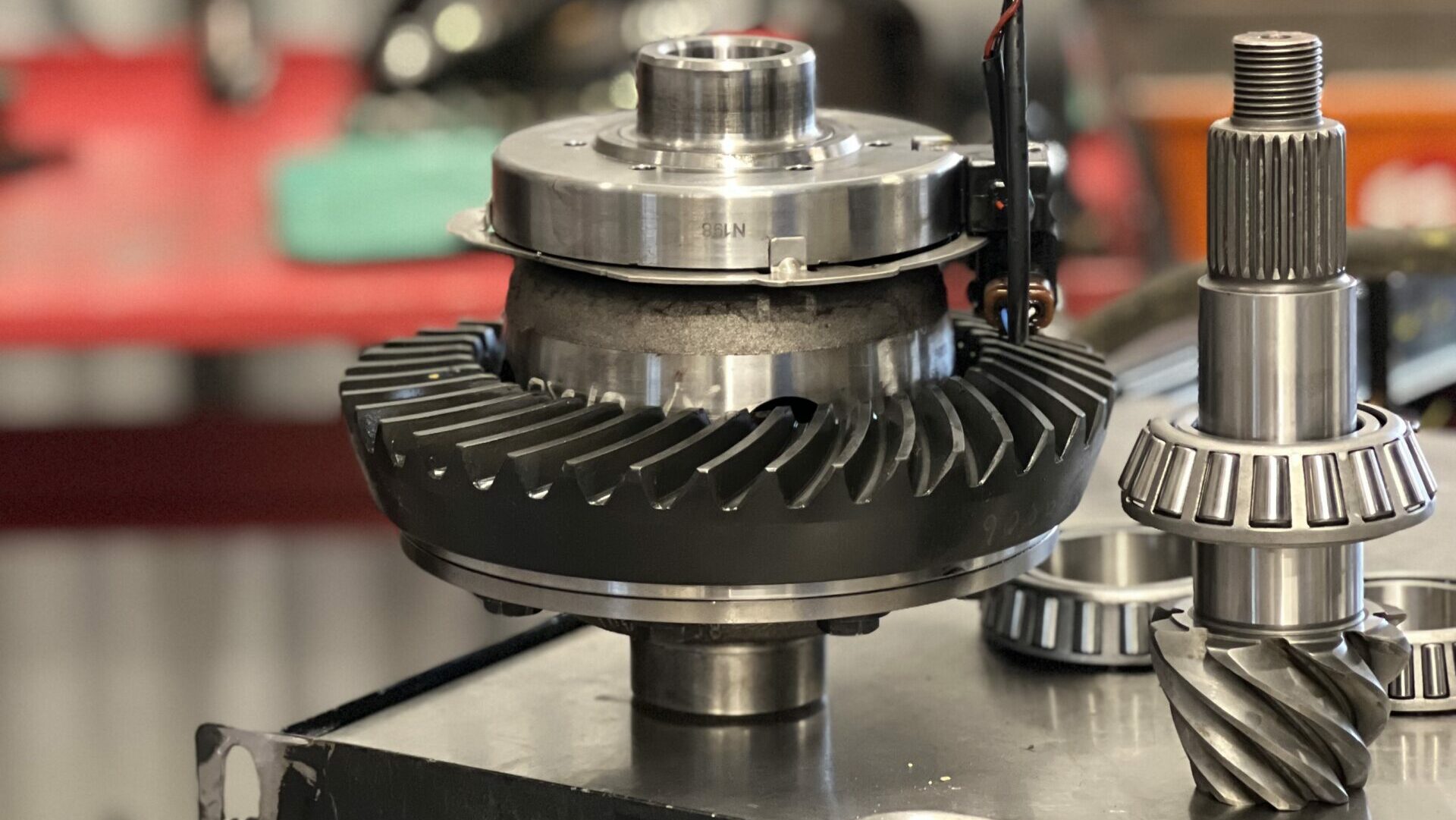
The ideal gear ratio and tire size depends largely on the intended use of the vehicle. For example, a vehicle used for technical off-roading would benefit from a larger tire and low gear ratio, while a vehicle used primarily for highway driving would benefit from a smaller tire and high gear ratio. It is essential to choose a gear ratio that is compatible with the tire size and intended use of the vehicle.
One of the best ways to determine the correct gear ratio is to consult an expert. Here at Mount Zion Offroad, we have the necessary knowledge and years of experience to determine the ideal gear ratio based on the tire size and intended use of the vehicle. Quite simply, we’ve seen what works and what doesn’t for every common 4×4 vehicle! We can also recommend other drivetrain upgrades which may be necessary, such as axle shafts or driveshafts.
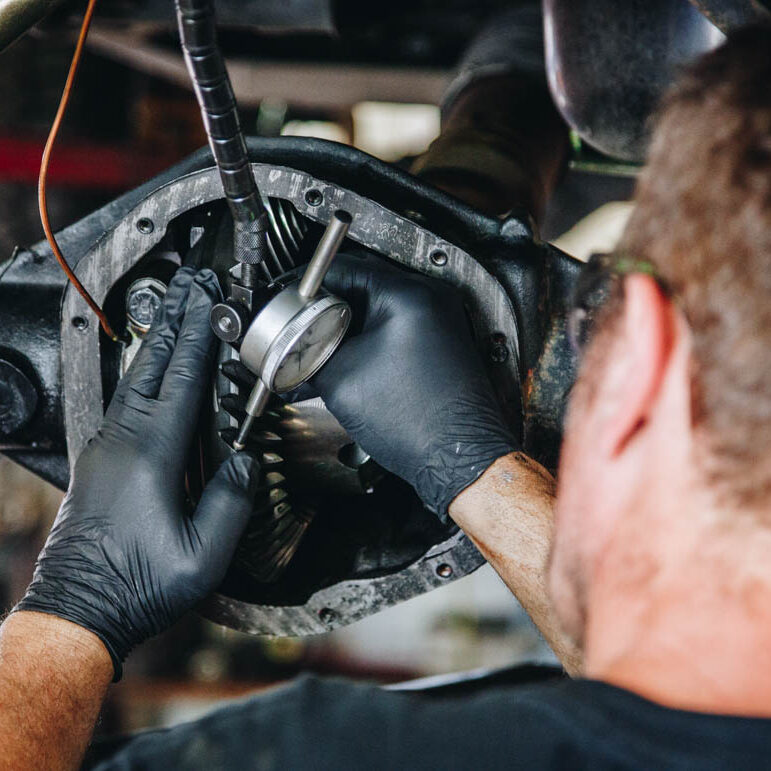
In conclusion, the desire to deviate from the stock tire size is typically what prompts a gear ratio change. The gear ratio affects the performance and fuel efficiency of the vehicle, and it is essential to choose a ratio that is compatible with the tire size and intended use of the vehicle. A consultation with us is the best way to determine the ideal gear ratio, and it is important to choose a ratio that provides the best balance between performance, fuel efficiency, and cost.
by Jon Tirrell
Mount Zion Offroad Staff Writer
Do You Need to Regear With 35 Inch Tires?
When you switch from factory tires to larger ones, do you need to regear your vehicle? Whether you have a Jeep or a 4×4 truck, changing the tires can require a new gear ratio. Here are some factors that affect whether you need to regear or not.
You don’t need to regear a 4×4 with a change to 35-inch (887 mm) tires. However, the gear ratio is targeted to the tire size you get with your vehicle from the manufacturer. Most people would agree that changing the gear ratio to reflect the tire size has significant benefits.
You can drive your 4×4 with larger tires and the original gear ratio, but you will lose some essential vehicle features. Keep reading to see how gear ratios match tire sizes and why you should consider adjusting the gear ratio with larger tires to keep power and fuel economy for your vehicle.
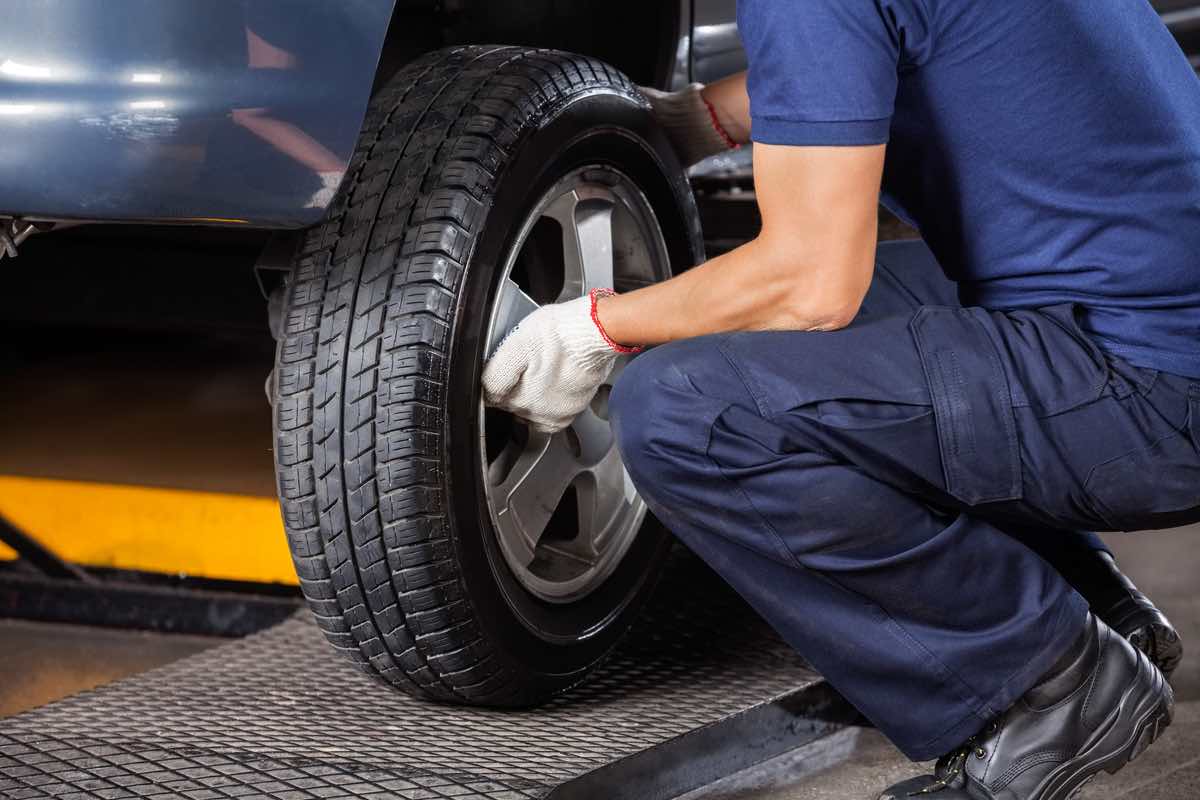
How Changing Tire Size Affects the Gear Ratios
A gear ratio refers to the process of the wheels of your vehicle turning. Because the wheels are connected to other mechanical parts, when the wheels turn, these parts turn, too. The turning ratio must remain consistent for a vehicle to drive well and run correctly.
Changing the vehicle tires from the factory tires can force a ratio change called regearing. In the manufacturing process, the automotive engineers calculate the perfect gear ratio for that vehicle based on the matching tire size. Any changes can cause other mechanical parts not to work correctly, possibly damaging the engine and other vehicle parts.
Changing From Stock to Larger Tires
If you choose to remove the stock tires from your 4×4 and replace them with 35-inch (889 mm) tires, you might need to adjust the gear ratios. Larger tires look great, but they reduce vehicle power. One way to address the loss of power is to change the gear ratio.
Here is an example:
- A 31-inch (787 mm) gear ratio is 3.73:1. For each wheel turn, the gear drive shaft turns 3.73 times.
How Adjusting the Gear Ratio Affects Vehicle Performance
As I have mentioned, the wrong gear ratio affects vehicle performance. The incorrect gear ratio can lower fuel economy and cause your vehicle to lose power. The loss of power can feel significant in large trucks and other 4×4 vehicles.
Changing the gear ratio to match the tire size improves several features of your vehicle.
- Fuel efficiency decreases when the tire size does not match the gear ratio. When you drive your vehicle on the highway, this can make a noticeable difference. Adjusting the gear ratio gives better fuel efficiency.
- Gear ratios affect the power of the vehicle. When you change from the factory tire size to a larger tire, you will lose power. To compensate for that, when you are off-roading or need more power, adjusting the gear ratio will return most, if not all, of the power to your vehicle.
- There is a difference between everyday driving and off-road driving. You want the best fuel efficiency for daily driving and added power for off-road driving. The correct gear ratio gives you both.
Can You Drive Your 4×4 with the Old Gear Ratio?
You can drive your 4×4 with the old gear ratio. You will lose some power and fuel economy, but if those are not a concern, many 4×4 owners say their vehicle runs fine with 35-inch (889 mm) tires and the unadjusted gear ratio.
You have to understand the vehicle won’t be as powerful as it was, but it will still operate well. Changing from 31-inch (787 mm) tires will cause a seventeen percent power loss; otherwise, it won’t harm your vehicle.
Since the factory gear ratio does not coordinate with the larger tires, you might notice the transmission working harder to find the gears. Keeping a low or high gear for too long can create more wear and tear than normal on the transmission. However, do 35-inch tires ruin the transmission? Click on the link to find out the answer. [Will 35 Inch tires Ruin a Transmission?]
Benefits of Adjusting the Gear Ratio After a Tire Change
- When you regear a 4×4 creates a smooth balance of acceleration, fuel consumption, and highway cruising speed. Remember, the factory sets the gear ratio to the tire size for maximum fuel economy and power.
- When you add a lift kit, larger tires, and a bigger bumper to compensate for the larger tires, the weight of the vehicle increases. This affects the aerodynamic drag and rotational mass, slowing the vehicle down.
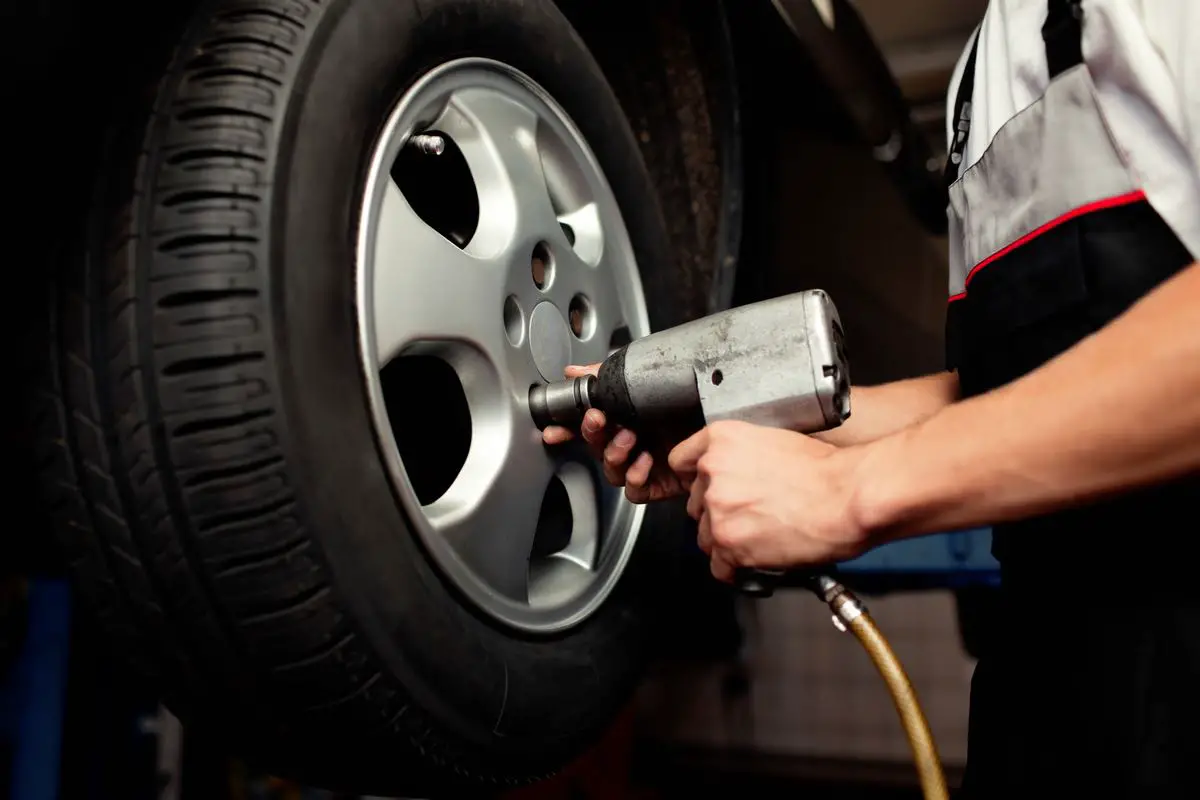
Conclusion
Car and truck designers and manufacturers assign a gear ratio to a tire size for specific reasons. While you can drive a 4×4 with the original gear ratio for the tires that came with the vehicle, you will lose some crucial features, so it is sometimes better to regear.
Gear ratios affect fuel economy, tire torque, and power at high speeds. The best course is to adjust the gear ratio to match the 35-inch (887 mm) tires so you retain those features when you drive. Otherwise, you can notice increased fuel consumption and lower performance.
Sources
https://mountzionoffroad.com/bigger-tires-re-gearing/https://truckinformer.com/do-you-need-to-regear-with-35-inch-tires/
